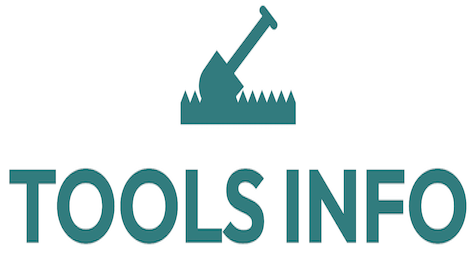Introduction
Understanding Planer Knife Balance
Planer knives are essential components in woodworking and metalworking machines. Properly balanced planer knives ensure smooth cutting, enhanced surface finish, and prolonged tool life. When knives are unbalanced, the machine experiences excessive vibrations, leading to poor results and potential damage. Balance planer knives not only reduce noise but also improve the safety and efficiency of your planer operation.
Balancing planer knives involves precise adjustments to each blade’s height and position to create uniform contact with the workpiece. This process is critical in achieving vibration-free operation, which results in cleaner cuts and less wear on the machine components.
Tools Required for Balancing
Dial Indicator Setup
To achieve accurate balancing, a dial indicator is an indispensable tool. It measures the projection of each planer knife blade, allowing you to detect any height discrepancies. When setting up, mount the dial indicator on a stable base and position its probe directly against the knife edge as the cutter head rotates slowly.
This precise measurement helps identify which knives are uneven and require adjustment. Using a dial indicator ensures that your balancing planer knives project uniformly, which is fundamental for vibration control.
Knife Adjustment Techniques
Adjusting planer knives involves fine-tuning the blade height relative to the cutter head. Most modern planers have adjustment screws or set screws that allow incremental changes to each knife’s position.
Key techniques include:
- Loosening the knife clamp slightly to allow vertical movement.
- Using the dial indicator readings to set each knife’s height so all blades are even.
- Retightening clamps carefully without altering the knife position.
- Performing minor rechecks to confirm consistent measurements.
This process, repeated for every blade, ensures all knives contribute evenly to the cutting process without generating imbalance-induced vibration.
Step-by-Step Balancing Process
Measuring Knife Projection
Begin by cleaning the cutter head and knives thoroughly. Next, install the dial indicator setup and slowly rotate the head to measure each blade’s projection. Record the readings to identify high or low knives. The goal is to have all knives within a minimal tolerance, typically within 0.001 to 0.002 inches.
Adjusting Knife Height
After measuring, adjust each knife’s height using the planer’s set screws. Raise or lower the blades carefully to match the target projection. Tighten each knife clamp securely once the correct height is reached, ensuring no movement during operation.
Testing for Vibration-Free Operation
With knives balanced, run the planer at normal operating speed and observe for vibrations or unusual noises. A properly balanced setup should operate smoothly and quietly, providing a fine finish on the workpiece. If vibration persists, repeat the measurement and adjustment steps until optimal balance is achieved.
Maintenance Tips for Sustaining Balance
Regular Inspections
Consistent maintenance is vital to keep planer knives balanced. Regularly inspect knives for nicks, dullness, or damage, as these can cause imbalance. Schedule inspections based on usage frequency—inspect more often if running the planer daily.
Correcting Imbalances
If imbalance occurs, first check for blade wear or damage and sharpen or replace knives as necessary. Rebalance following the planer knife adjustment procedures using your dial indicator. Prevention is easier than correction, so maintain a routine for lubrication and cleaning to avoid buildup that may affect knife alignment.
For deeper insights on tool upkeep and repair, visit our tool maintenance and repairs guide.
Balancing planer knives is a precise task that pays off with improved machining quality and extended planer lifespan. For additional technical details on planers, consult this Wikipedia article on planers.
Ready to enhance your woodworking projects with vibration-free planer knives? Discover expert tips and trusted products by visiting our detailed guides—explore more HERE.
